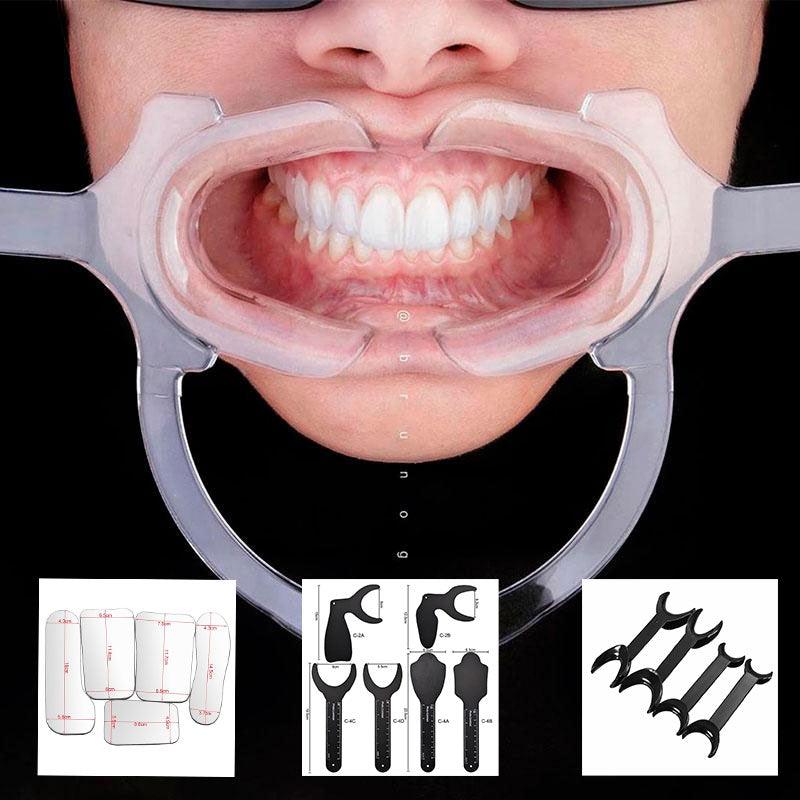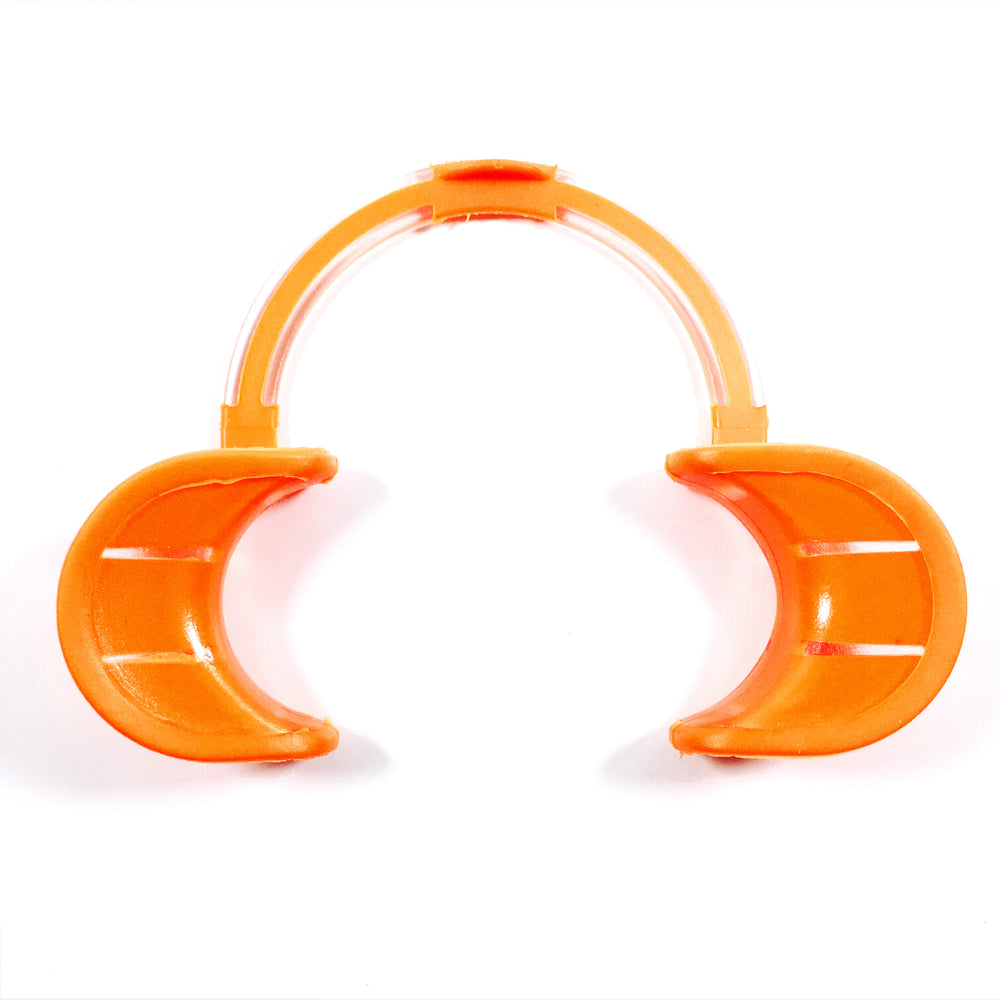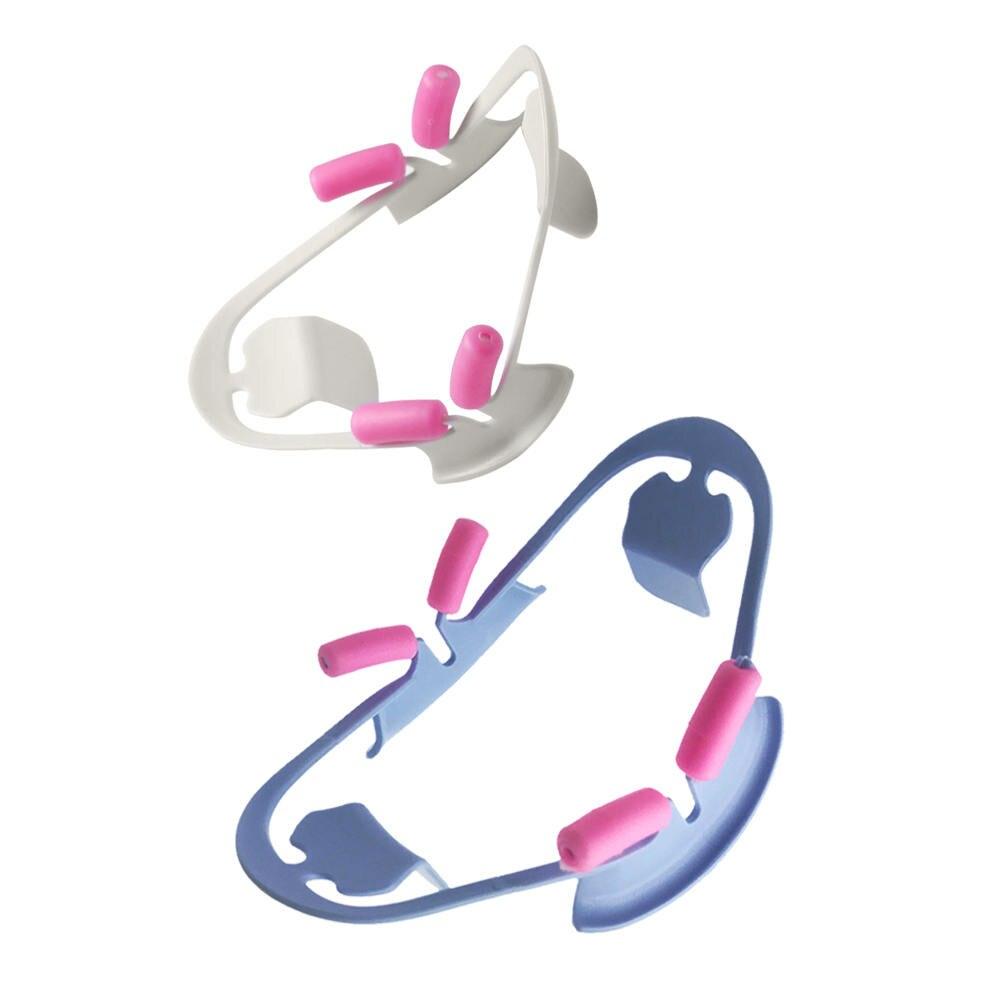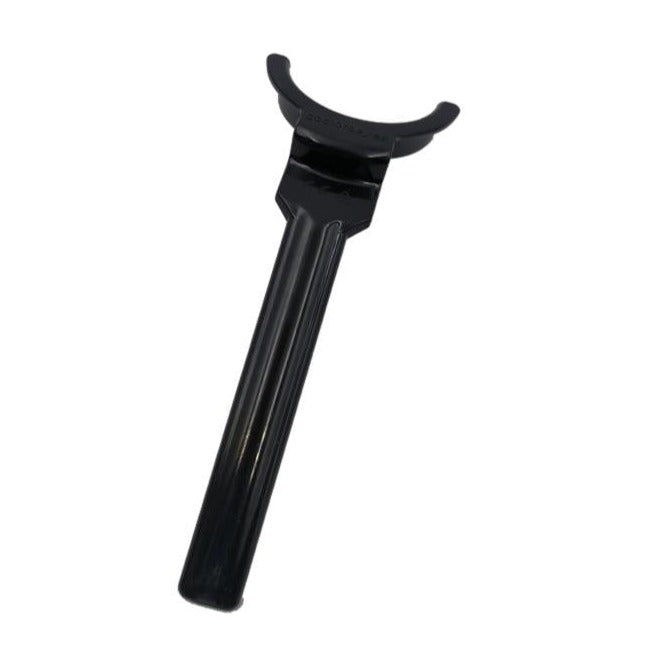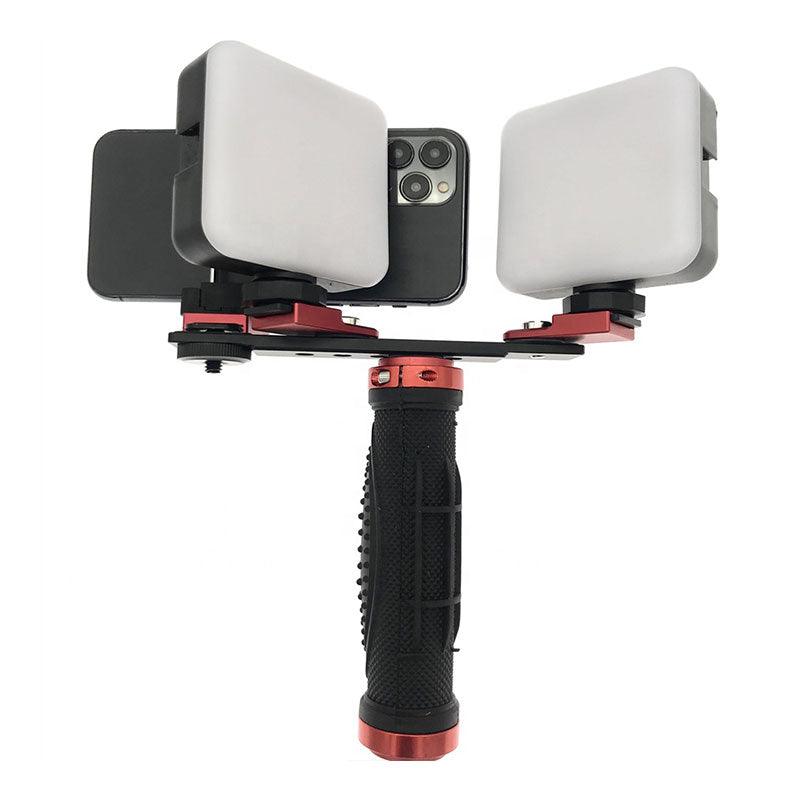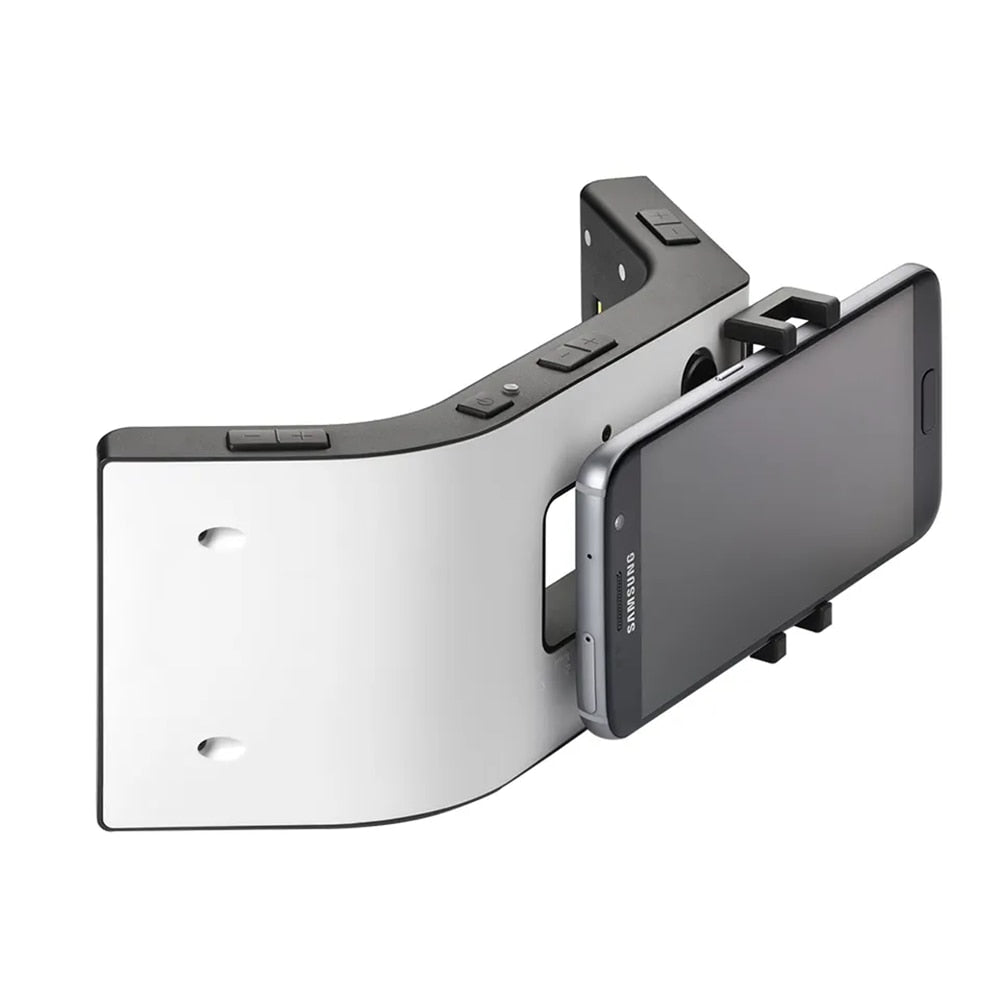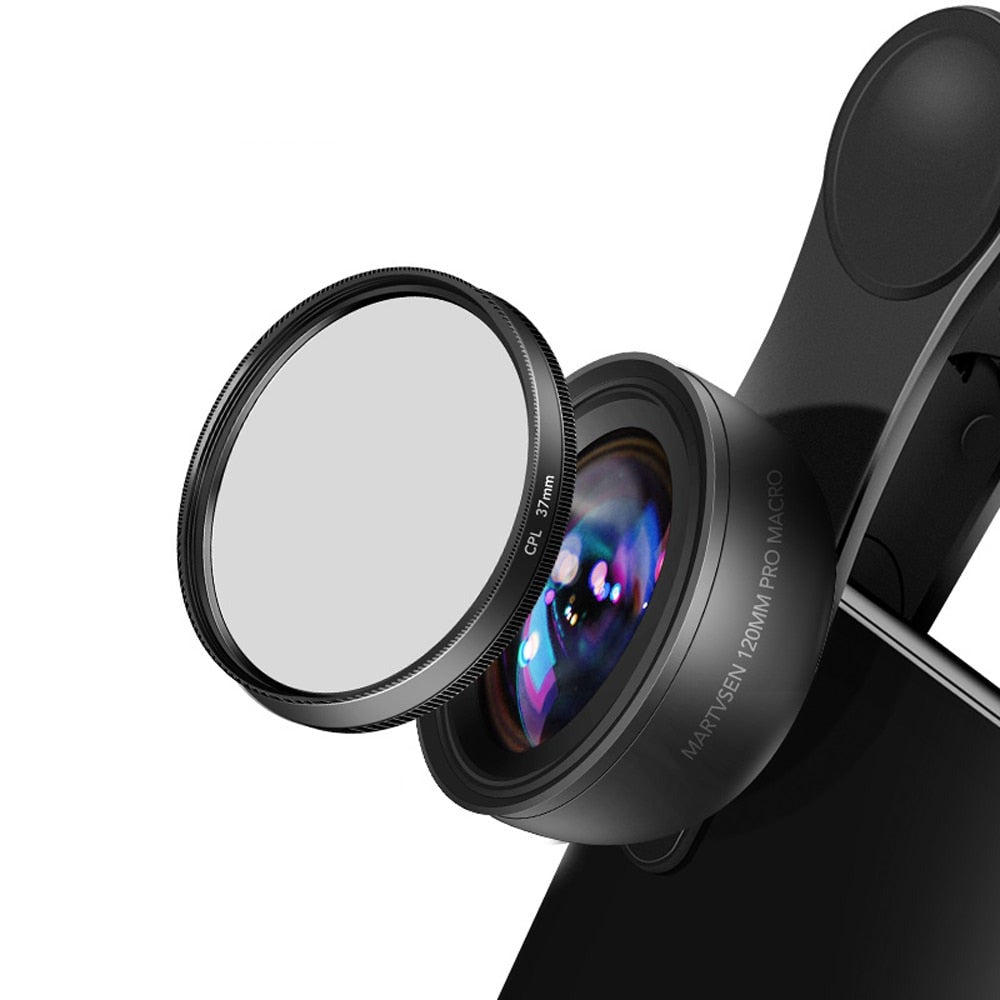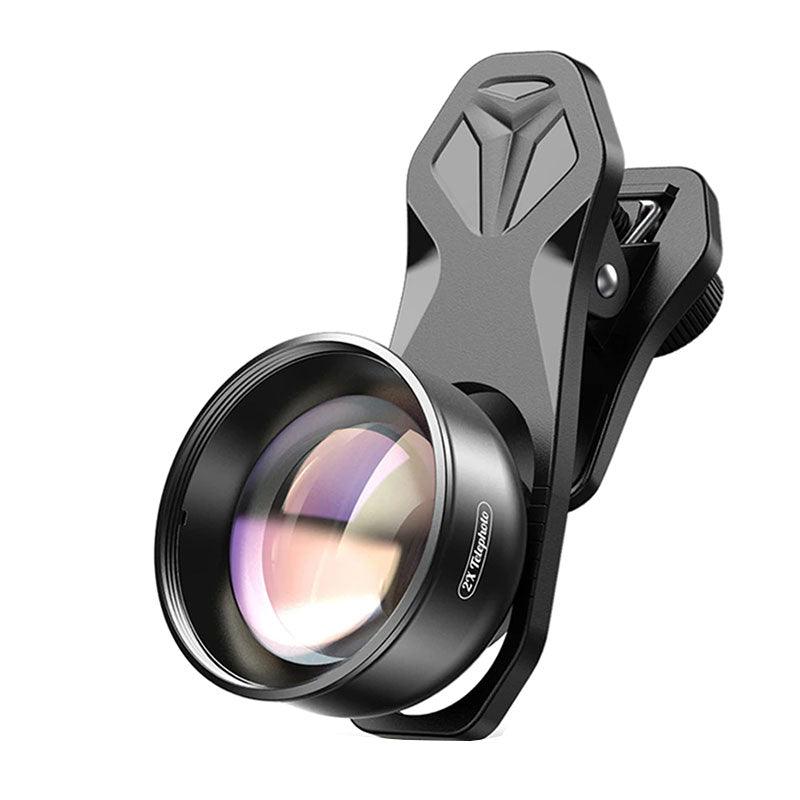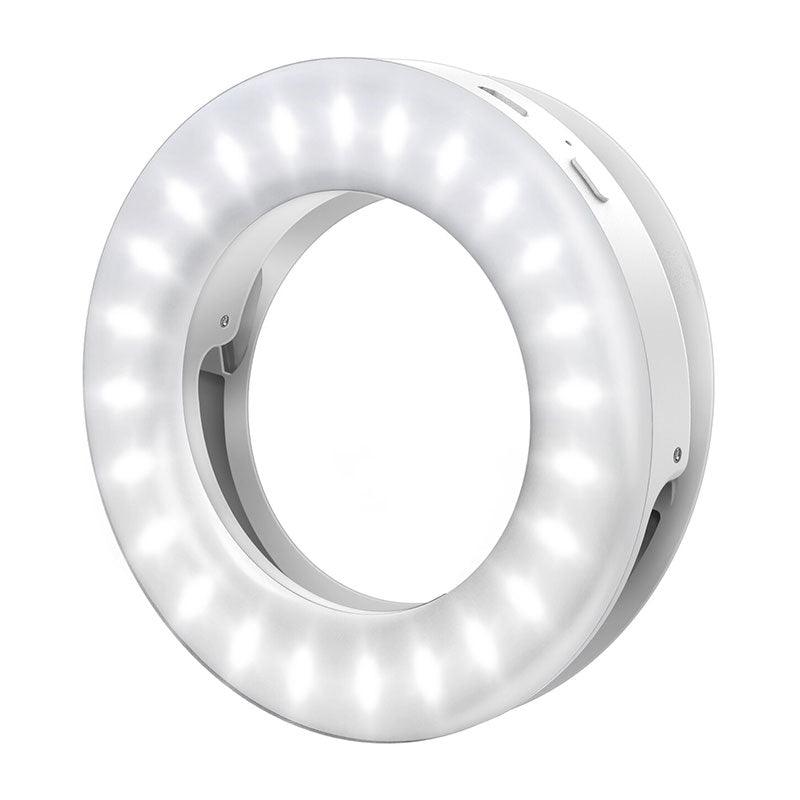Dental photography is an invaluable tool for dentists, aiding in accurate diagnosis, treatment planning, and patient communication. However, even experienced dentists may encounter common mistakes during the execution of the photo protocol, compromising the quality and diagnostic value of the images. In this article, we will share life hacks and recommendations to help dentists avoid these mistakes and maximize the benefits of dental photography.
1. Choosing the Right Equipment.
Invest in high-quality dental photography equipment, including a DSLR camera with a macro lens and appropriate lighting. Quality gear ensures clear and detailed images, improving the accuracy of diagnosis.
2. Insufficient Lighting.
Ensure proper lighting conditions during dental photography sessions. Utilize diffused and consistent lighting to minimize shadows and achieve optimal image clarity.
3. Neglecting Contrast Backgrounds.
Opt for contrast backgrounds that accentuate the dental structures. White or neutral backgrounds highlight teeth and tissues, enhancing the diagnostic information.
4. Improper Patient Positioning.
Pay attention to the patient's positioning during photography. Ensure a relaxed and natural head posture to avoid distortions and unnatural angles.
5. Lack of Informed Consent.
Always obtain written consent from patients before executing the photo protocol. Explain the purpose and benefits of the procedure to build trust and encourage patient participation in their treatment.
6. Untreated Images.
Process the captured images to enhance contrast and sharpness. Proper image editing removes artifacts and creates more professional photo protocols.
7. Overlooking Data Confidentiality.
Strictly adhere to data confidentiality when storing and transmitting dental photo protocols. Use secure systems for digital data storage and transfer.
8. Lack of Standardization.
Develop a standardized dental photography protocol for your practice. Consistency in the approach ensures uniformity and comparability of photo protocols for better diagnosis and monitoring.
9. Ignoring Time and Progression.
Perform dental photography regularly and during each patient visit. This allows for monitoring changes over time and tracking the effectiveness of treatment.
10. Insufficient Training.
Invest in continuous training for your dental team regarding dental photography. Regular refreshment of knowledge and skills enhances the effective utilization of photography in diagnosis and treatment planning.
Dental photography is an indispensable tool for modern dentistry, but avoiding common mistakes is essential for its effectiveness. By following these life hacks and recommendations, dentists can enhance their dental photography skills and provide their patients with higher quality care. Prioritize the use of quality equipment, proper lighting, and image processing to avoid common mistakes. Obtain informed consent, maintain data confidentiality, and standardize the photo protocol for more efficient diagnosis and treatment monitoring. Regular training and practice will help you become a proficient dental photographer, elevating the standard of dental care in your practice.




